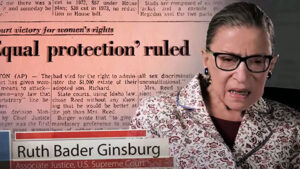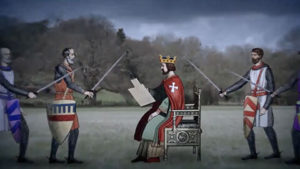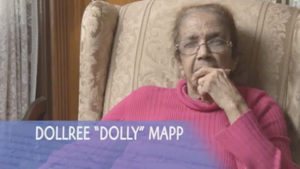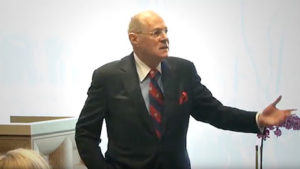The Eighth Amendment to the Constitution protects against “cruel and unusual punishment” for those convicted of crimes. But what makes a punishment cruel or unusual? Who decides, and how? This film explores the concept of “evolving standards of decency,” specifically as it applies to the death penalty for juvenile offenders.




















